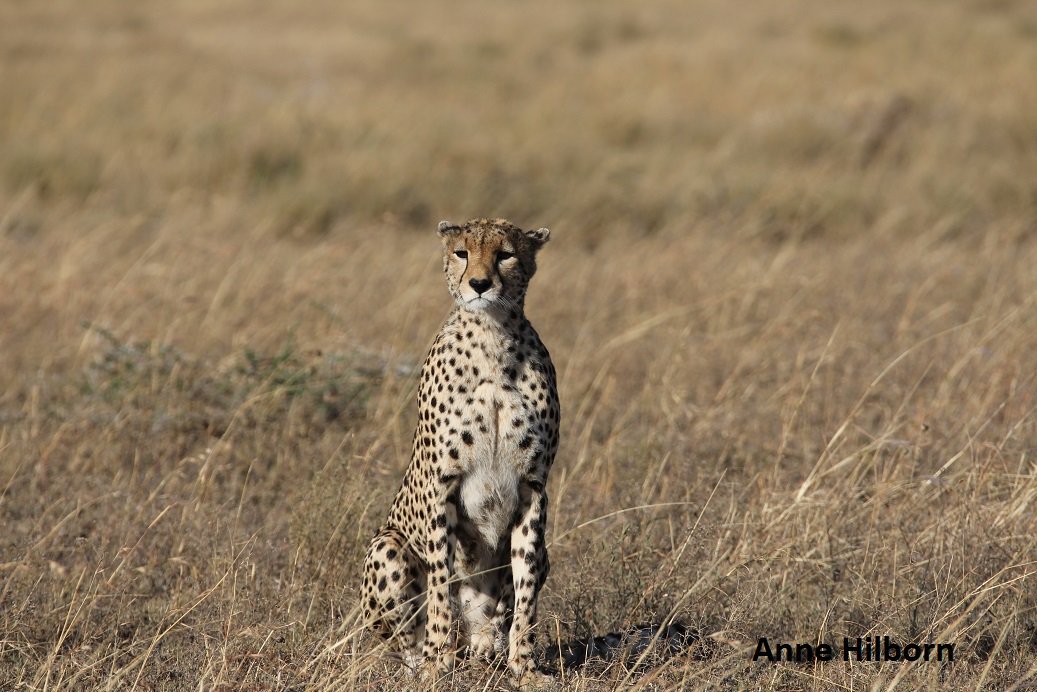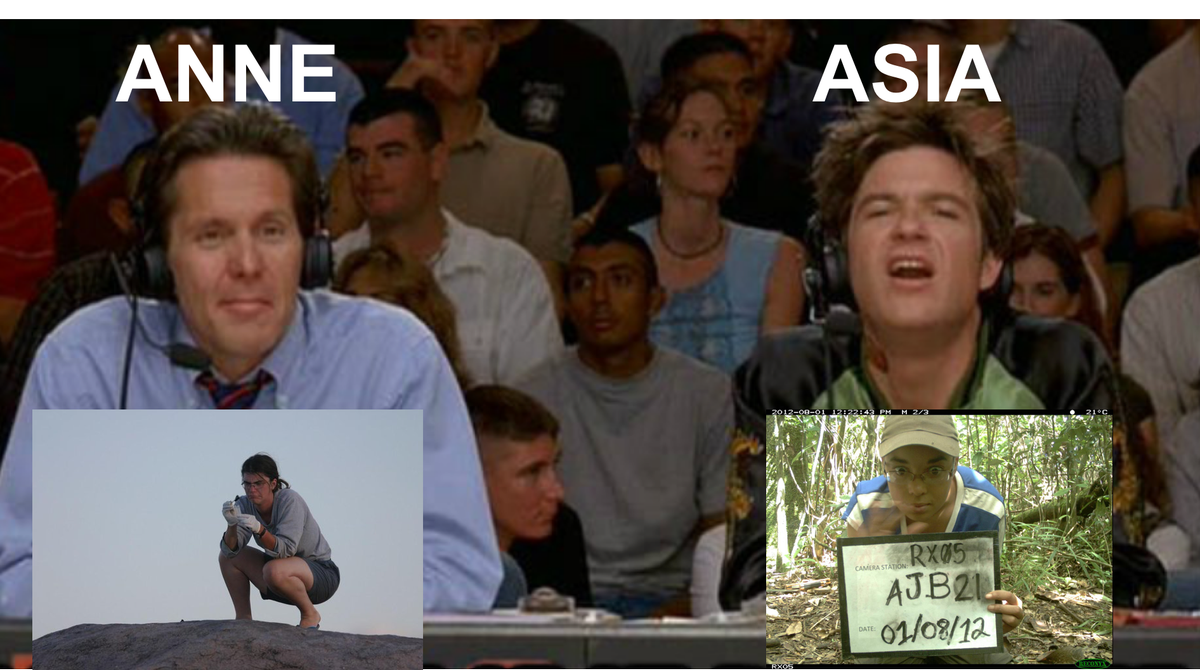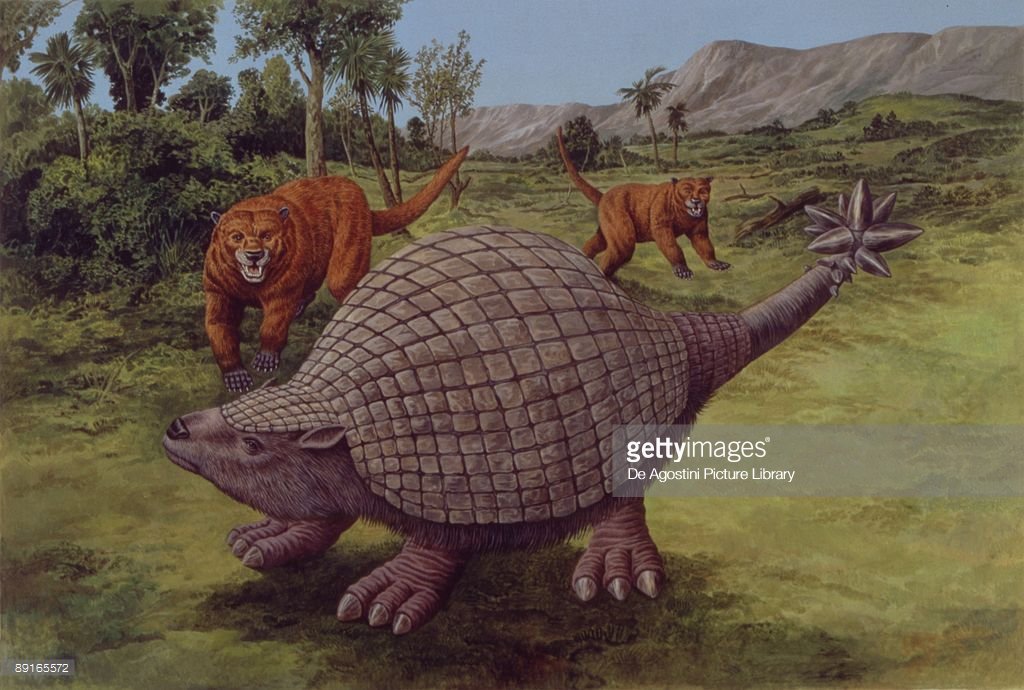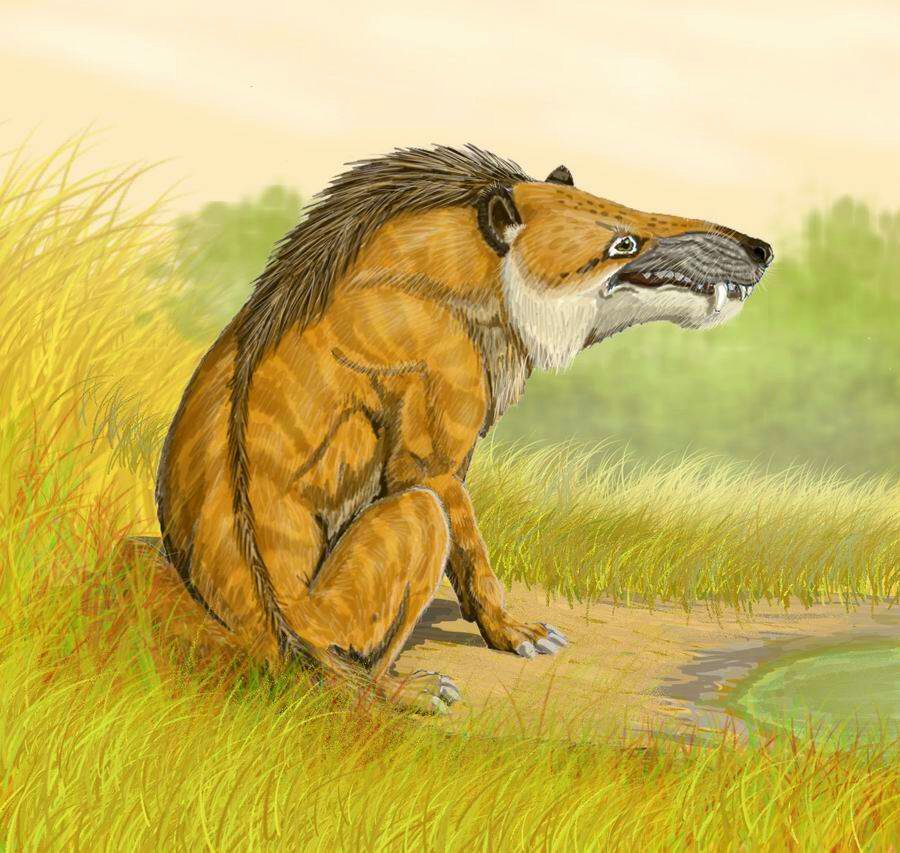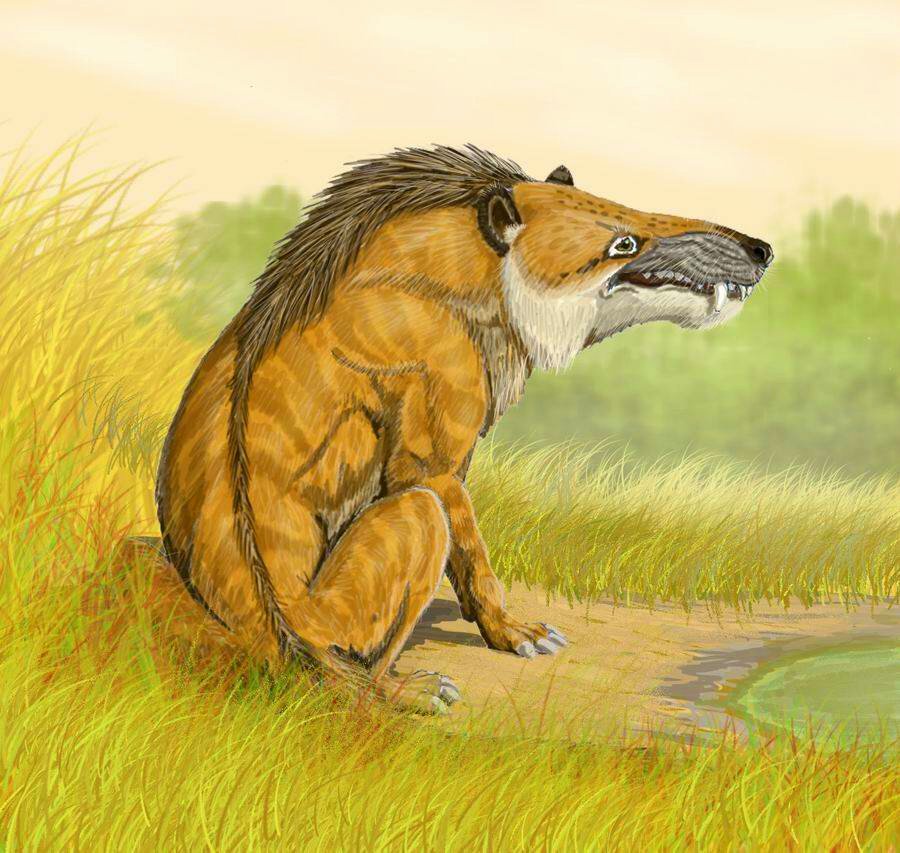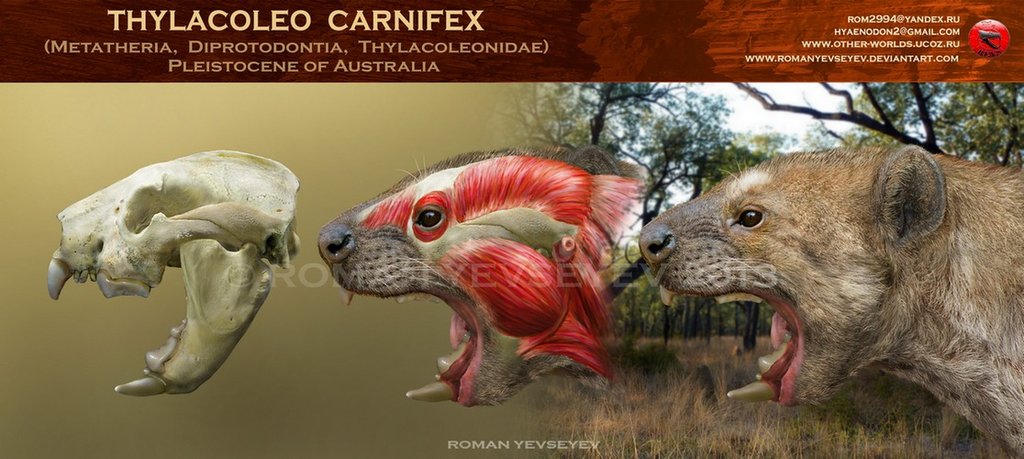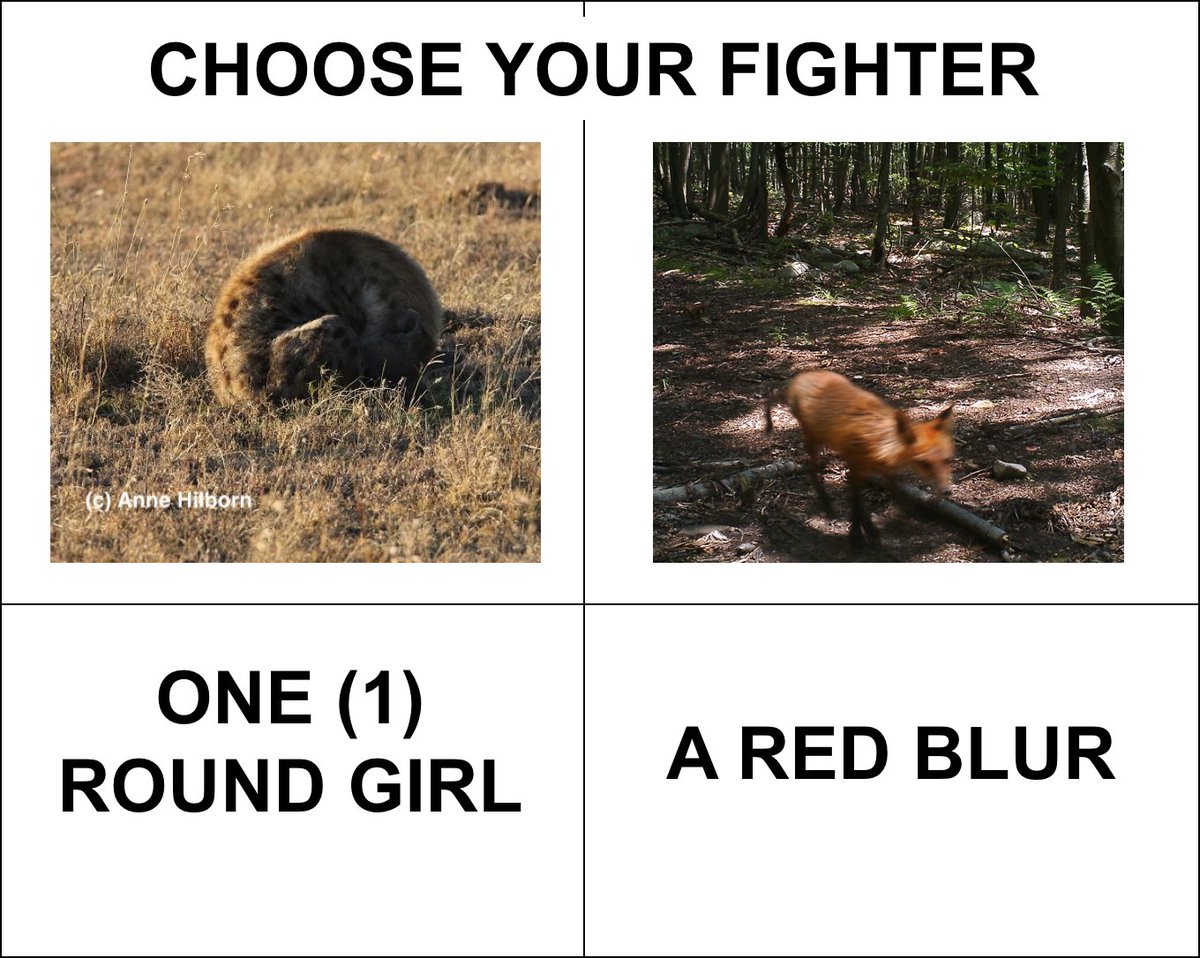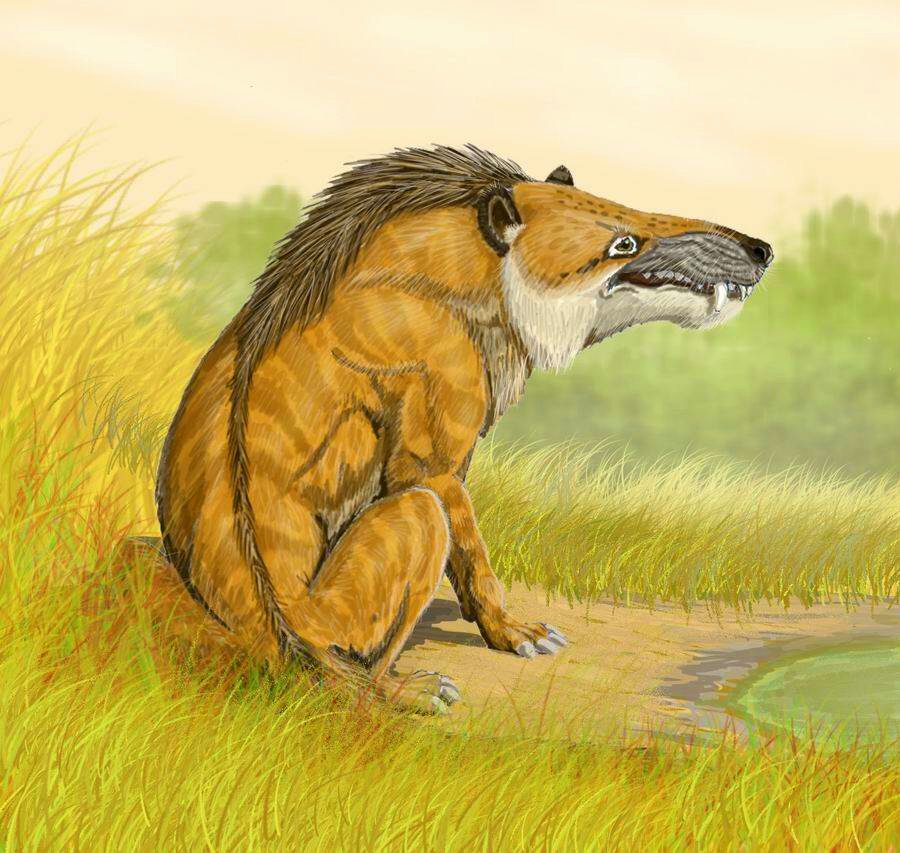UP NEXT: #1 seed Orinoco Crocodile vs #2 seed Amebelodon! #2018MMM
Tonight's battle also brought to you by @chumblebiome, @drew_lab, @MarkKissel, and @c_n_anderson. #2018MMM
Our fierce competitors tonight have crushed all that have dared stand before them in previous rounds. #2018MMM
Orinoco Crocodile destroyed the rest of the #AltMammal division by drowning the mantis, swallowing the goliath tarantula, severing a secretary bird's foot, & snacking on the roti sans pareil of a cancerous anaconda. #2018MMM urbandiner.ca/2010/08/12/rot…
Orinoco Crocodile ALSO picked up a hitchhiker along the way... TARDIGRADE! #GoWithTheFlow #WaterBear #2018MMM 
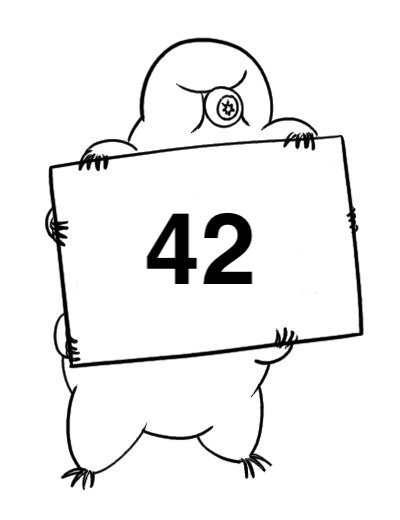
Amebelodon reigned supreme over the Antecessor bracket by tossing Deinogalerix koenigswald, treeing Homo floresiensis, crushing Dimetrodon, & upending #TankMammal. But not without paying a price:
TORN MASSETER MUSCLE #2018MMM
TORN MASSETER MUSCLE #2018MMM
Tonight we're in the Tinaja of Grand Staircase-Escalante National Monument. Like Bears Ears
credit: JF & davidd flickr.com/people/snowpea…; flickr.com/photos/puuikib… #2018MMM



this area is biologically & culturally rich.
External Tweet loading...
If nothing shows, it may have been deleted
by @Mammals_Suck view original on Twitter
credit: JF & davidd flickr.com/people/snowpea…; flickr.com/photos/puuikib… #2018MMM

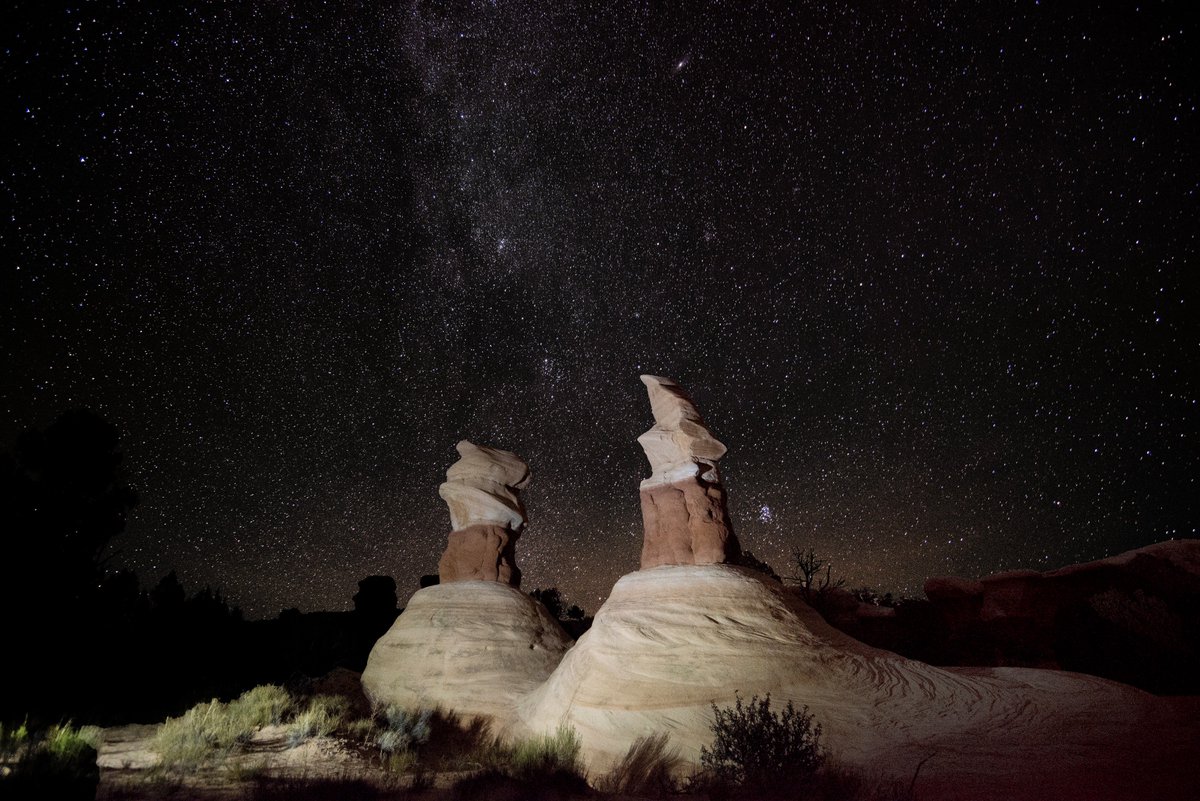
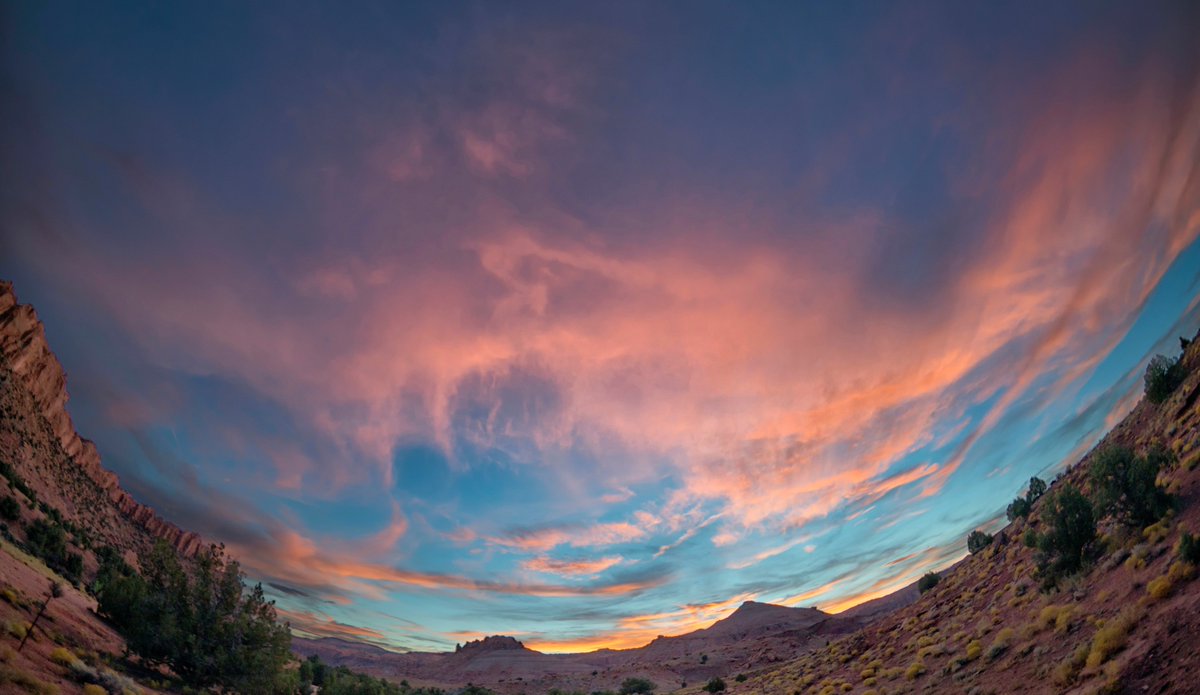
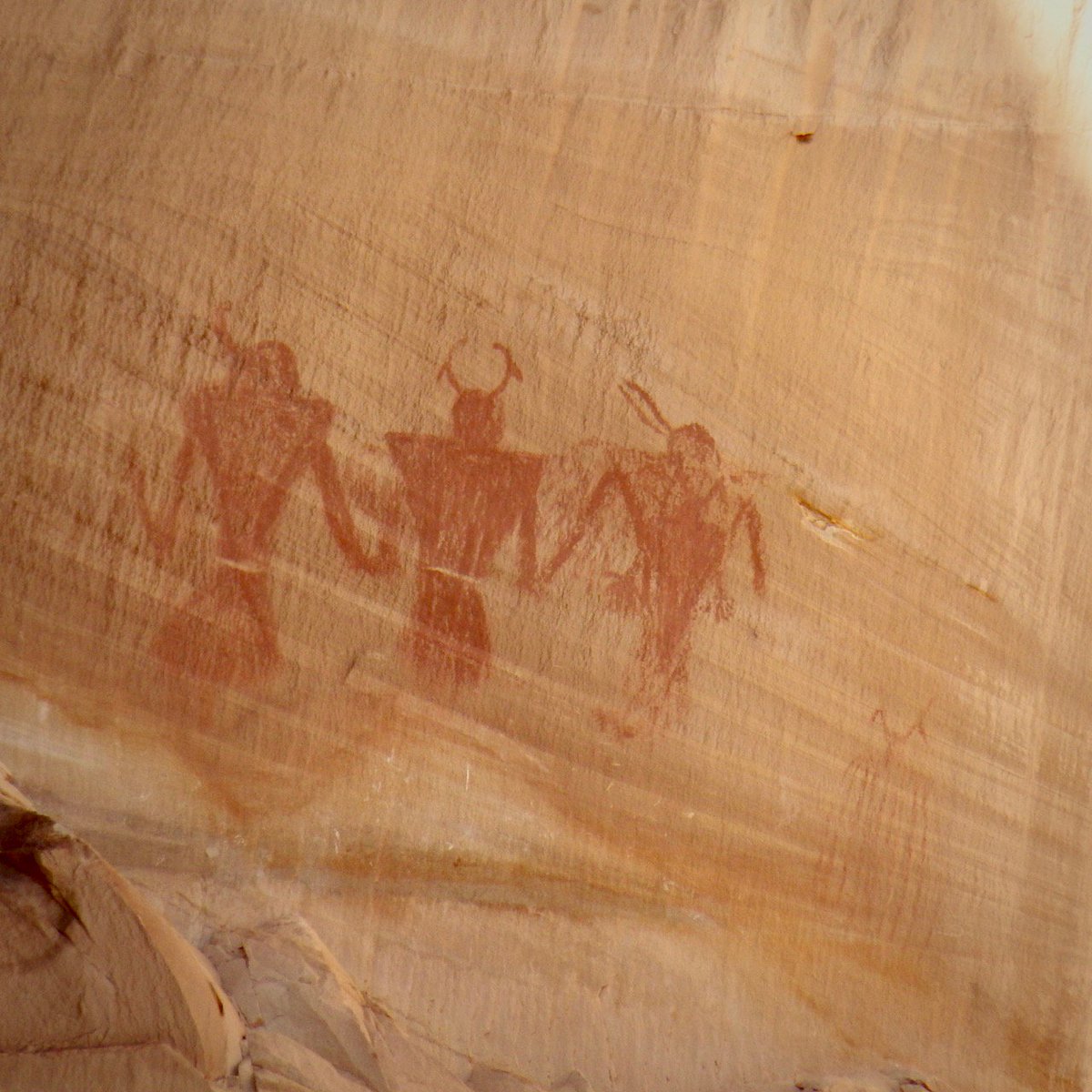
While our #2018MMM "living" fossil combatants (the Orinoco Crocodile & Amebelodon) are battling it out, the Society for Vertebrate Paleontology @SVP_vertpaleo are battling to protect the fossils in Bears Ears & Escalante: therevelator.org/dinosaurs-vs-d…
Aside: while we love calling our ancient-looking crocodiles and alligators "living fossils", this isn't necessarily true. Evolution and time has done its work on modern crocodilians too! phenomena.nationalgeographic.com/2015/11/16/cro…
Back to Tinaja! The Southern Utah Wilderness Alliance created a guide on how we can contact our state reps to stop the irreversible loss of unique cultural artifacts, sacred spaces, & paleontological record: suwa.org/help-save-gran…; credit: alamy.com/stock-photo-po… #2018MMM 

Tinajas (Spanish for "small jars") are surface depressions that collect water & vary in the amount of sun. This leads to unique & diverse plant & invertebrate communities. (Vinson and Dinger 2008 ephemeroptera-galactica.com/pubs/pub_v/pub…) #2018MMM
We come across Amebelodon, which, due to its torn masseter (a muscle which moves the lower jaw (the mandible) up & down) currently finds it painful to use its shovel-tusk to scrape bark from trees. This makes for an irritable Amebelodon. #2018MMM
If it had a similiar diet to today's elephants, it would have needed to consume 330-375 lbs of vegetation daily. Due to its injury, it has not been eating half as much. Maybe drinking some water will help make it feel fuller? #2018MMM
Meanwhile, the 900lb croc is in a deep tinaja, periodically ripping off anaconda pieces. Crocs can eat a lot (up to 50% of their weight!) but digest slow, so there's still plenty left at the 650lb buffet bit.ly/2GOg7ye #2018MMM
Orinoco crocodiles, particularly the males, set up territories around deep pools and areas with high prey availability, and it looks like this croc may have just hit the daily double bit.ly/2Inn2eN #2018MMM
Unfortunately for the irritable Amebelodon, who has finally made found the water source it has been scenting, once a crocodile establishes a territory, they will vigorously defend it. #2018MMM
As of 2013, there have been at least 4 filmed/photographed croc attacks on elephants have been filmed or photographed. See a summary here by @tetzoo: blogs.scientificamerican.com/tetrapod-zoolo…
TLDR: none of these resulted in the elephant's death. #2018MMM #RuhRoh
TLDR: none of these resulted in the elephant's death. #2018MMM #RuhRoh
Plus, Amebelodon lived alongside giant North American crocs from the Miocene, like Gavialosuchus, which was almost as twice as long as the Orinoco & was found in GA, FL & SC.
Ambeledon says, step yo game up. bit.ly/2J8xbgC #2018MMM
Ambeledon says, step yo game up. bit.ly/2J8xbgC #2018MMM
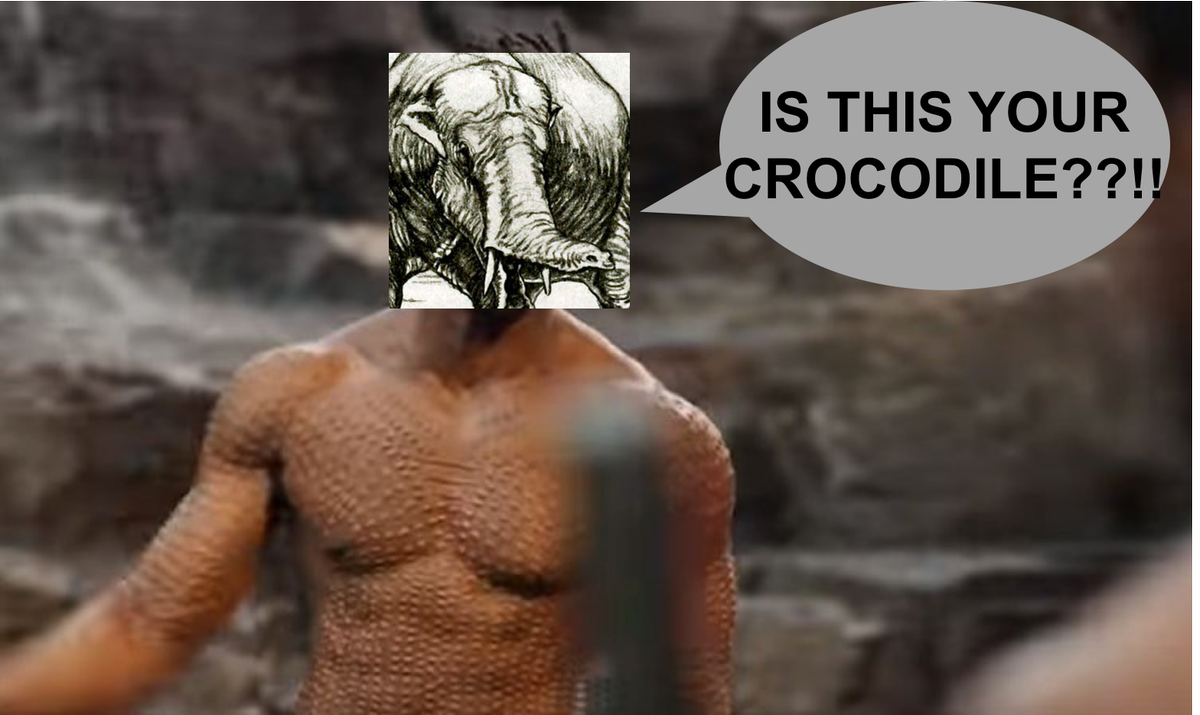
Amebelodon begins to drink from the tinaja with a trunk that was thought to be very similar to modern-day elephants (Lambert 1992). #2018MMM
The crocodile wastes no time in protecting its territory & anaconowldragon meal.
Crocodile lunges, jaws open, & teeth snap around Amebelodon's trunk! #2018MMM
Crocodile lunges, jaws open, & teeth snap around Amebelodon's trunk! #2018MMM
Fun fact: saltwater crocodiles (Crocodylus porosus) have really, really strong jaws. They can bite down with over 16,000 newtons of force.
Bone-crushing hyenas bite down with around 4,000 newtons.
When a croc bites down, it's not letting go. news.nationalgeographic.com/news/2012/03/1…
Bone-crushing hyenas bite down with around 4,000 newtons.
When a croc bites down, it's not letting go. news.nationalgeographic.com/news/2012/03/1…
The Amebelodon pulls the crocodile partially out of the water.
Modern-day elephants can lift ~650lbs with their trunks alone, but even the much larger Amebelodon would be expected to have trouble fully lifting a 900 lb croc! #2018MMM
Modern-day elephants can lift ~650lbs with their trunks alone, but even the much larger Amebelodon would be expected to have trouble fully lifting a 900 lb croc! #2018MMM
The crocodile thrashes back and forth, but refuses to let go, until the Amebelodon begins to drag it further and further from the water. #2018MMM
Certain that the Amebelodon means to retreat for good, the crocodile releases its hold on the Amebelodon's trunk!
The crocodile drops flat to the ground with a loud, intense hiss. #2018MMM
The crocodile drops flat to the ground with a loud, intense hiss. #2018MMM
In a sprawling gait, crocodile turns and makes for his tinaja, his tail thrashing side to side and whipping the Amebelodon's leg. #2018MMM iucncsg.org/pages/Locomoti…
Amebelodon is furious...& still thirsty (like Kylo). First a torn jaw muscle, now a #CrocChomp!
Snorting and blowing blood through the lacerated trunk, the Amebelodon stomps on the crocodile's tail, halting the reptile's retreat... #2018MMM
Snorting and blowing blood through the lacerated trunk, the Amebelodon stomps on the crocodile's tail, halting the reptile's retreat... #2018MMM
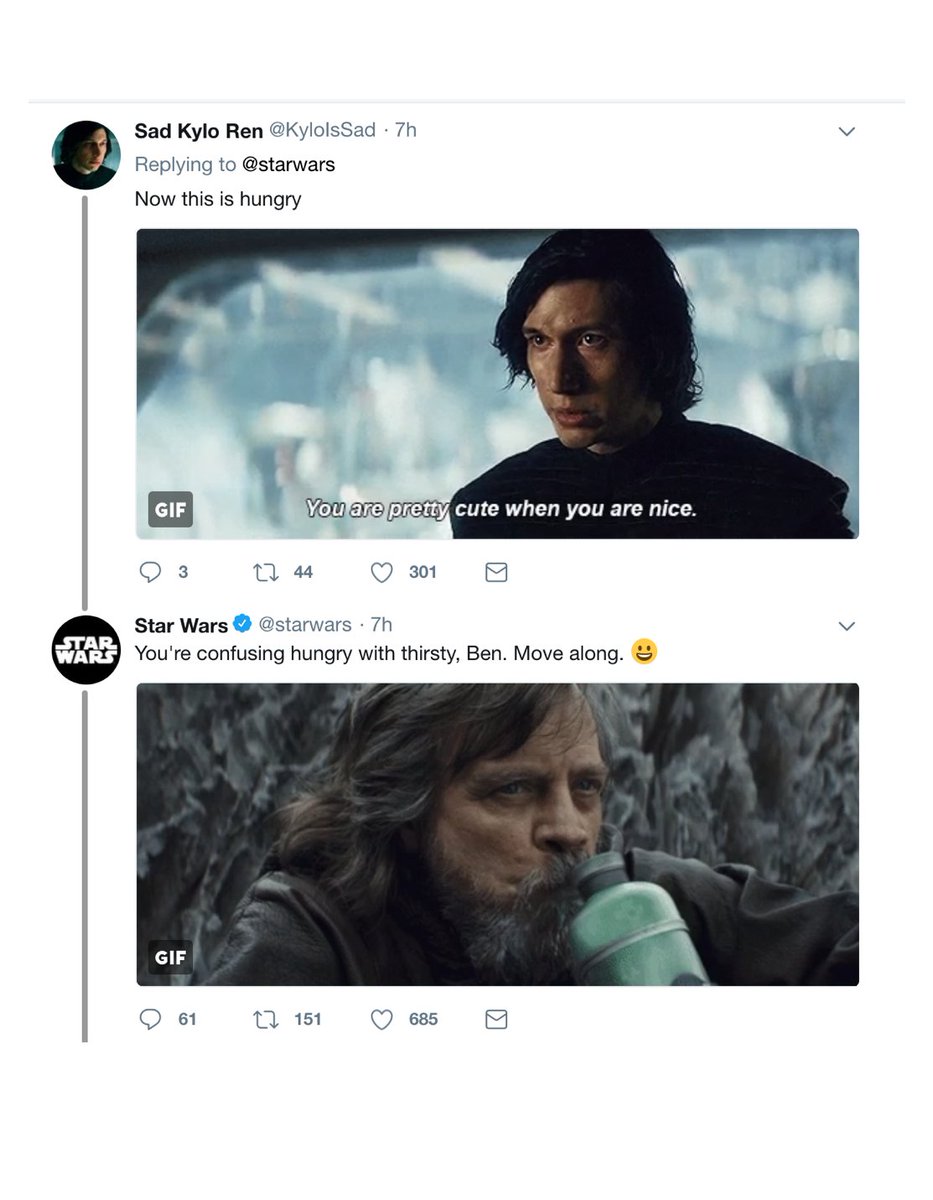
The crocodile twists around, jaws wide, and lunges, chomping for the Amebelodon... #2018MMM
WHOMPF!!!! #2018MMM
Another Amebelodon foot lands on the crocodile's pelvis, pinning its back legs to the ground with all the weight of 41 kilostoats! #2018MMM #StoatsAsMeasurement
*Narration Team*: Ahem, as this is supposed to be a child-friendly battle, we offer this animated rendition of what happens next in the Amebelodon vs. Crocodile battle. #2018MMM
AMEBELODON TRAMPLES CROCODILE!!!! #2018MMM
• • •
Missing some Tweet in this thread? You can try to
force a refresh



